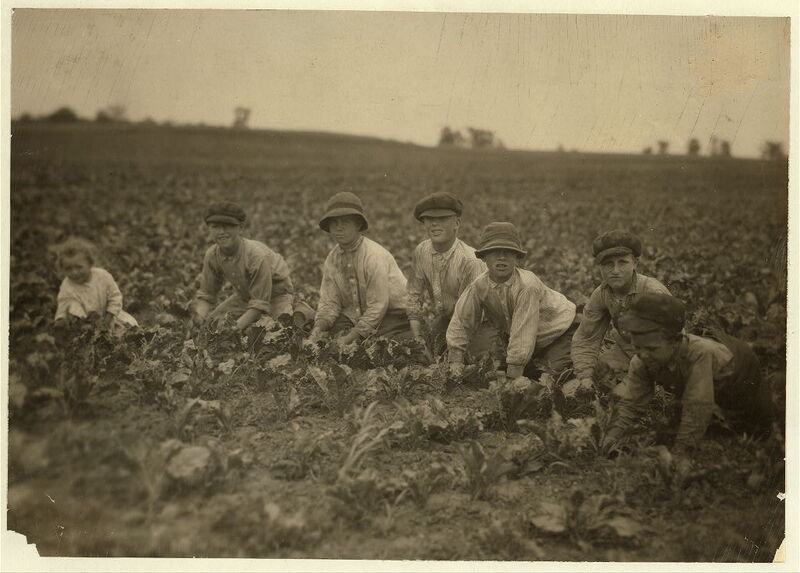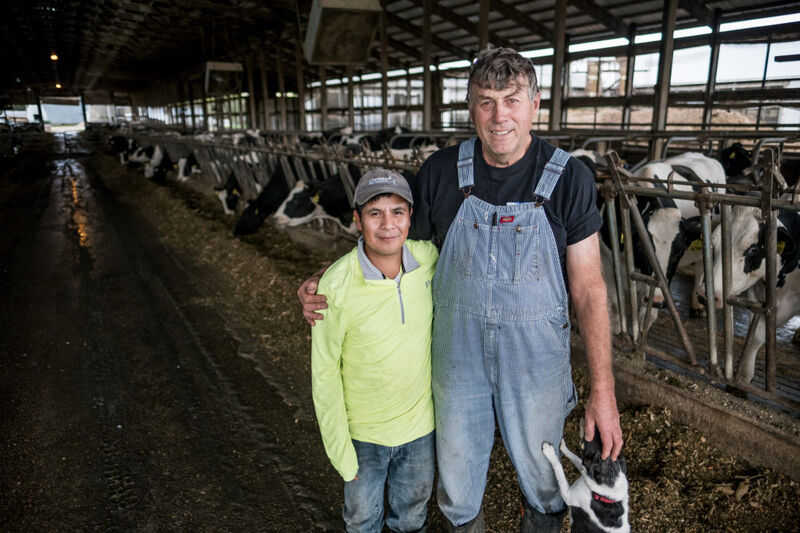In the end, rural life has always presented a unique set of challenges for its residents (and scholars). Often ignored in favor of their urban cousins, rural people have struggled with inequality, accessibility, and poverty in the quest for individual and public health.
The current COVID-19 crisis has not only underscored the importance of community involvement, but also how access to affordable healthcare—both physical and mental—has long been a major issue that rural populations, particularly those from historically marginalized groups, must confront.
What has also become clear is just how important examining these rural experiences can be to understanding our past and envisioning our future. Thoughout the 20th century, there was a clear shift in both what was considered a public health crisis and who was responsible was for addressing it. When communities came together to meet these challenges, they often succeed in managing the problem. Alternatively, when rural residents were left to fend for themselves—in times reflecting an ideology of individual over collective health— these crises often became much worse.
The tension between individual and collective duty, of who is deserving of help and what do we owe one another, still exists today. Perhaps by looking back on our past, we can better answer these questions today.


